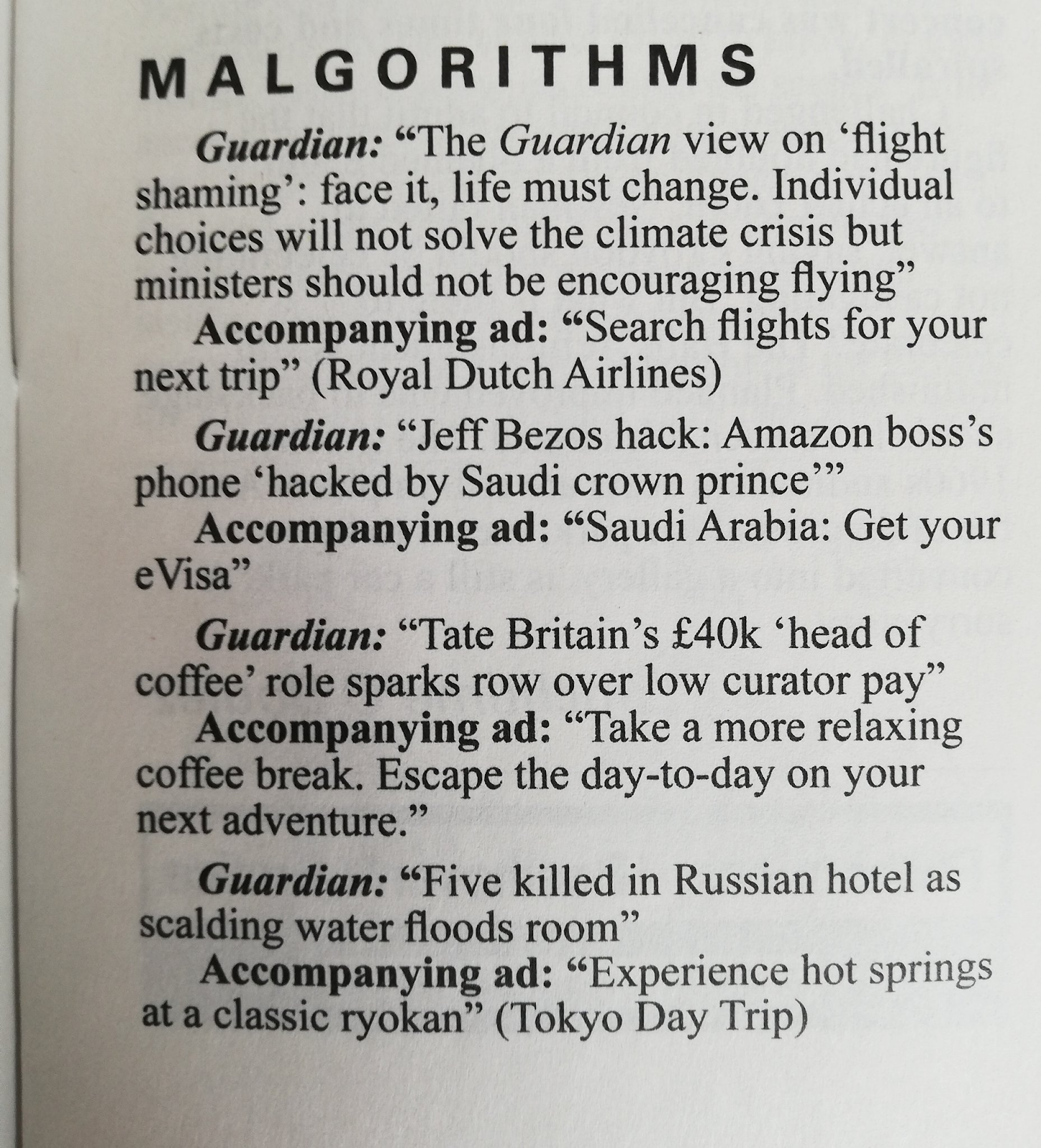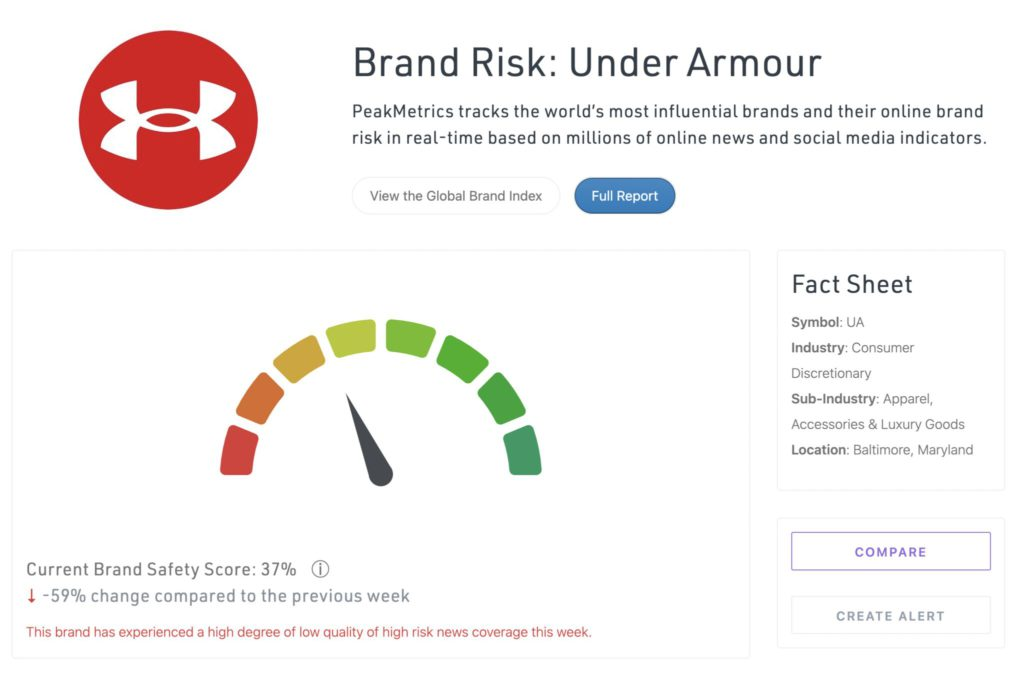
What Is Brand Safety? (Definition, Examples, And Best Practices)
The internet is rife with disinformation and misinformation. From conspiracy theories to fake accounts, there are plenty of traps for customers to fall into. Unfortunately, when someone does fall for a disinformation campaign, it can cause harm to your brand — even though misinformation is often outside your company’s control. Brand safety helps protect your company’s reputation and maintain trust among consumers. Here’s how.
What is brand safety?
Brand safety is defined as “the practice of protecting a brand’s reputation and keeping it from appearing in unsafe environments.” For example, practicing brand safety means avoiding placing ads next to inappropriate or controversial content. Analysis found that more than $2.5 billion in advertising revenue is sent to publishers of misinformation and disinformation — meaning that inadvertently, advertisers are supporting false health claims, election misinformation, and propaganda.
There are plenty of examples where ads have been shown next to content that immediately reduces their value and can cause lasting brand damage. Here are a few (relatively innocuous) examples.

The news is impossible to predict: a freak accident, such as a scalding flood of water in a Russian hotel, is unfortunately not something your advertising partners can account for. But, showing your travel deal for a hot springs trip next to this news item negatively impacts your brand reputation. These “malgorithms” — algorithms that show ads next to news stories that negate their appeal — are more common than you might think.
Avoiding incidents like these is just one way to practice brand safety. Ultimately, the goal of improving brand safety is to maintain the trust your brand has built with its customers. Trust is foundational to brand equity, brand reputation, and ultimately, revenue.
Brand safety vs. brand suitability
Often, brand safety is mentioned along with the idea of “brand suitability.” Brand suitability is the idea that your ads are shown next to content that matches your company’s unique values, identity, tone, and other subjective qualities.
The key difference between brand safety and brand suitability is that brand safety is objective: it’s all about protecting your brand from harm. For example, if a display ad for your brand is shown on an incel site, that’s considered to be a brand safety issue. If a display ad for a vegan brand shows on a site for hunting gear, that’s a brand suitability issue.
What are the risks to brand safety?

The first step to protecting your brand’s reputation is to identify potential brand risks. There are tons of online threats that can cause reputational damage, such as fake news, bots, and bad algorithms.
There is a sliding scale of brand risk that brand safety measures seek to address. On one end of the spectrum is brand risk that originates from bad actors. Bots and fake news are instances of this type of risk. Bots cause fraudulent clicks, representing a significant threat to brand safety, threatening your ROI, and skewing your conversion metrics. And fake news — misinformation and disinformation – could put your brand in the position of having to combat false or misleading allegations.
Next, extremist sites also put your brand’s reputation at risk. Ads for your brand may show up where they aren’t supposed to, or your advertising budget could be funding an extremist platform. An investigation found that brands in the UK had inadvertently contributed over £250,000 to extremist sites by advertising on Google.
The reality is that the biggest threats to brand safety fall at this end of the spectrum: algorithms gone wrong. An often accidental threat to brand safety is when a digital ad is displayed on a page where the content is misaligned. This can fall into a grey area of brand suitability, but it does still pose a threat to building customer trust. For instance, an ad for a dating app is shown next to a story about a captured terrorist is both unsuitable and unsafe. This juxtaposition happens all too often on YouTube.
COVID-19 has created new challenges for brand safety. “Integrity—in terms of content, e-commerce, bandwidth, and partners—became a singular focus,” wrote Oracle. “Surfacing authoritative and relevant content and providing key placement, blocking fraudulent sellers, driving reach, and working with partners who guarantee safety are recent areas of focus.”
Luckily, there are steps you can take to address these brand risks and protect your company’s reputation.
How to protect your brand reputation
Once you understand where the brand risks originate, there are tools you can use and steps you can take to help avoid some of these major causes of reputational damage.
The first step is to understand the media landscape in which you are advertising. Tools like PeakMetrics’ Disinformation & Brand Risk Intelligence can provide data around your brand mentions on more than 1.5M news and social media sites. PeakMetrics analyzes the entire digital media environment, to provide critical business insights. Their machine learning platform detects online influence campaigns at scale and responds back when necessary.
With this insight, you can better decide where and how to place your ads. Often, companies that work with third-party programmatic platforms. Programmatic platforms are those that automate the process of buying and selling online ad space through the use of algorithmic software. Carefully vetting these vendors can help maintain brand safety. Therefore, it’s imperative that you ask programmatic platforms these four questions:
- How many inventory providers do you plan on using?
- Where do you want your ads to show?
- How serious are you about audience targeting?
- What tools do you need to hit your goals?
“Given that programmatic advertising removes direct control of the media buy, brands must have confidence in their chosen partners,” wrote Oracle. “Therefore, the relationship between the brand, agency, publishers, and technology vendors should be transparent and based on evidence-based decisions.”
Finally, make sure you have a system in place for monitoring your campaigns. PeakMetrics’ social listening tools are vital in identifying and addressing misinformation and disinformation. By monitoring your brand mentions, industry, and competitors, you can start to identify risks as they crop up and make better decisions to protect the trust you’ve built with consumers.
Media monitoring and social listening is not only great for brand safety, but also essential for measuring the success of a digital marketing campaign, keeping up to date on your industry and competitors, and gaining an in-depth understanding of the most relevant topics. To learn more about PeakMetrics’ tools, request a demo with one of our experts.
Featured image source: https://unsplash.com/photos/7okkFhxrxNw
Request a free report
Uncover emerging narratives around your brand, industry, and competition.
Sign up for our newsletter
Get the latest updates and publishings from the PeakMetrics investigations team.